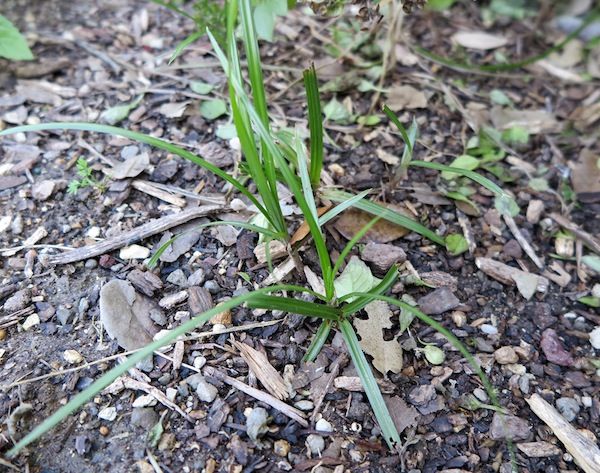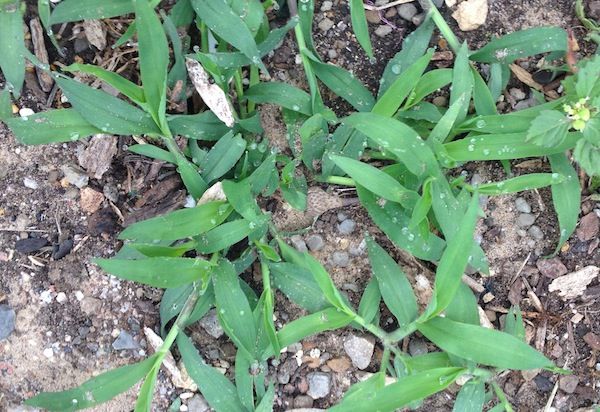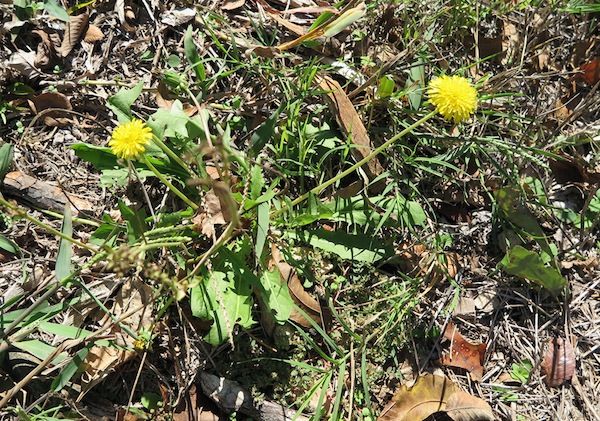3 Aggressive Landscape Weeds & Tips to Control Them
July 27, 2015 | By webadmin
With all the rain this spring, summer weeds are out in force this year. There are a few weeds in particular that can seem incredibly difficult to deal with. Once the weeds are up and growing they will have to be physically removed or treated with an herbicide. However, by improving your soil you can help prevent weeds from becoming a big problem in your lawn and landscape. For more on soil health, visit our past blog post here.
Here are three common aggressive weeds you may see in your landscape right now:
Nutsedge
Have a problem with nutsedge? You’re not alone. Nutsedge is a very persistent weed here in Texas that thrives in compacted and poorly draining soil. This grass-like sedge has very tough tubers that resemble nuts. The tuber and roots grow up to a foot and a half deep and are quick to produce new plants. This makes them very difficult to remove. Unfortunately, non-selective chemical treatments such as Roundup are not very effective at controlling nutsedge. Many applications of herbicides must be made to have any impact. The best way to control and reduce nutsedge in your landscape is to remove the entire nutsedge plant by hand before they produce five leaves. It’s at this stage that they will begin producing new tubers. Also, it would probably be a good idea to aerate and feed your soil.

Crabgrass
There aren’t many lawns and landscape beds here in Dallas that haven’t been invaded by crabgrass. This low growing weed forms spidery clumps in late winter and early spring. In spring and summer, it flowers and drops seed that will germinate and grow the following year. Lawns that are not fed, watered and mowed properly become weak, which allows weeds like crabgrass to move in and take over. Bare areas of the lawn damaged by insects and disease, or bare landscape bed areas, are susceptible to crabgrass invasion. You’ll also commonly find crabgrass in cracks in sidewalks and driveways.

Dandelion
Common dandelion (Taraxacum officinale), can virtually take over a sunny lawn under the right conditions. These flowering perennial weeds thrive most commonly in lawns that are in full sun, densely compacted and over-watered, but might also pop up in dry shade. Dandelion taproots can grow many feet deep into the soil, making them very difficult to remove. Pieces of root left behind in the soil are capable of generating new plants. The bright yellow flowers spread seed easily; and, if your lawn is weak with uncared for soil, dandelion can quickly take over.

Resolution to many weed invasions: Well-fed soil full of bioactivity will naturally support fewer weed species. Most weeds thrive in weakened lawns so be sure to watch for pests and disease. If you lawn is damaged, you may see a flush of new weeds move in as a result. Mowing your lawn type at the right height can also help prevent weed infestations. Core aeration of your lawn at least once per year will reduce compaction and result in a stronger, more vigorous lawn that is better able to crowd out weeds.
